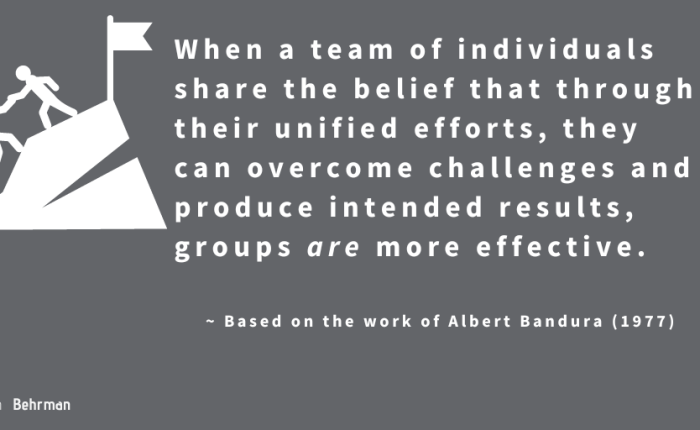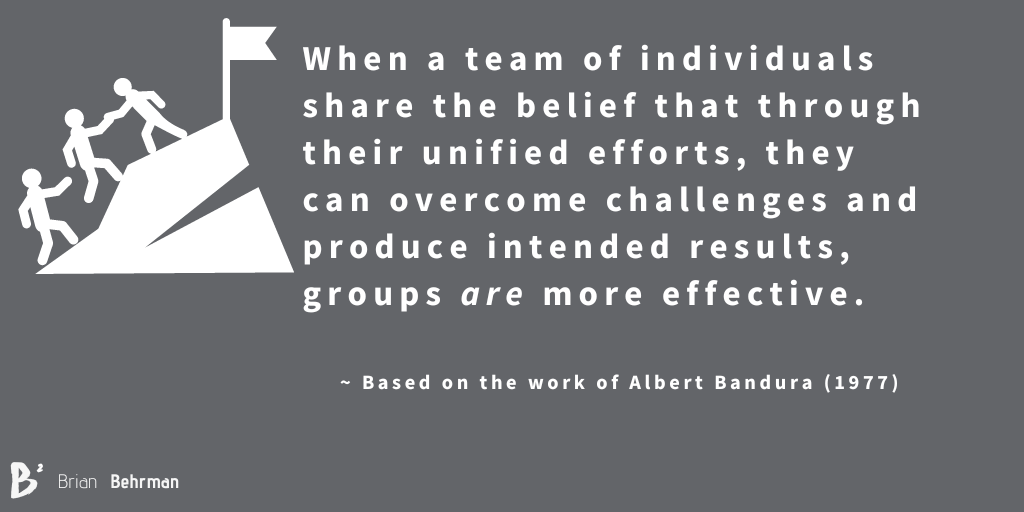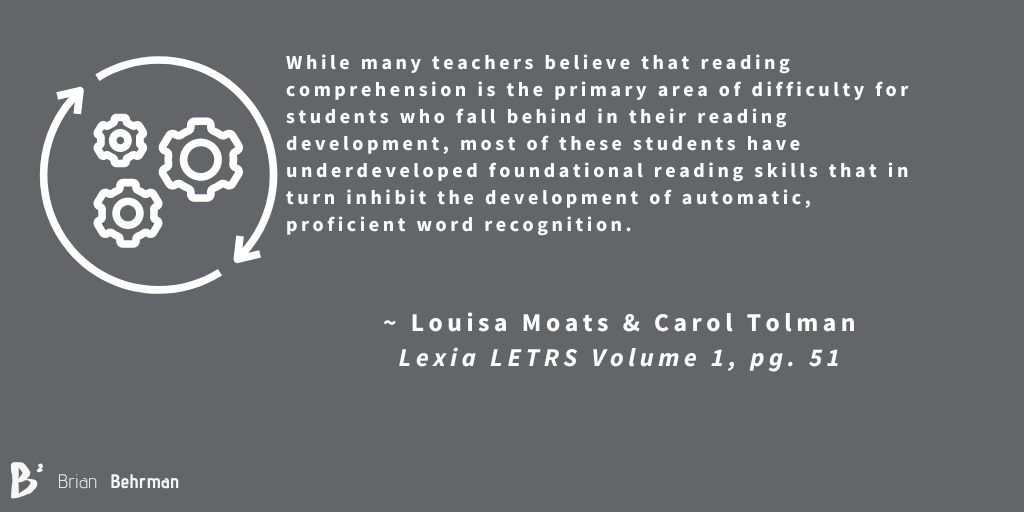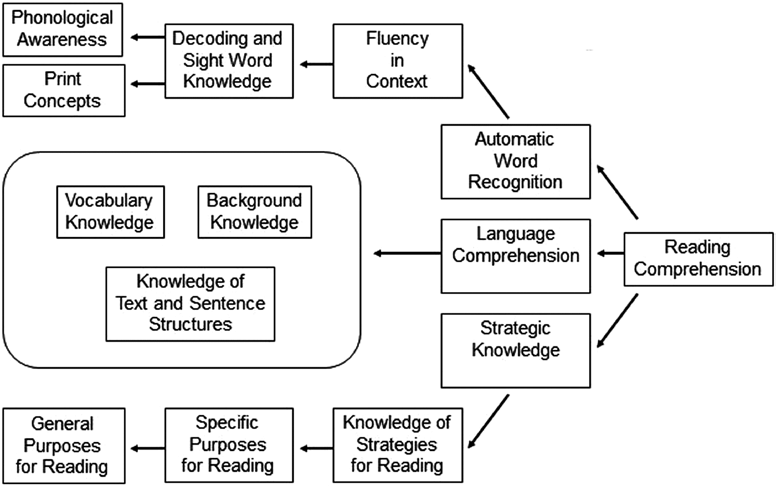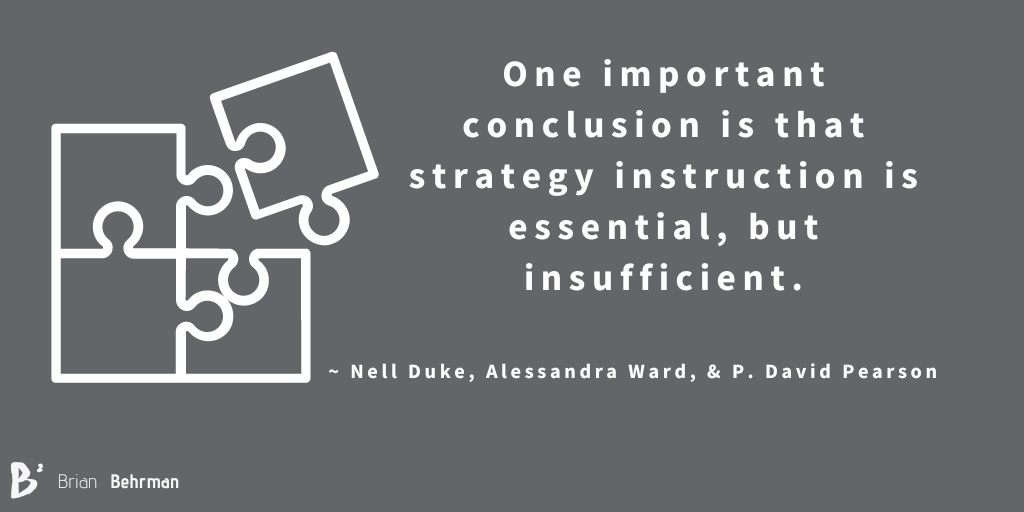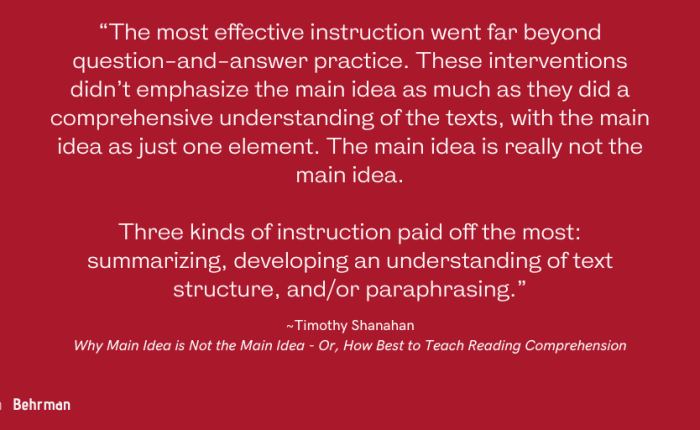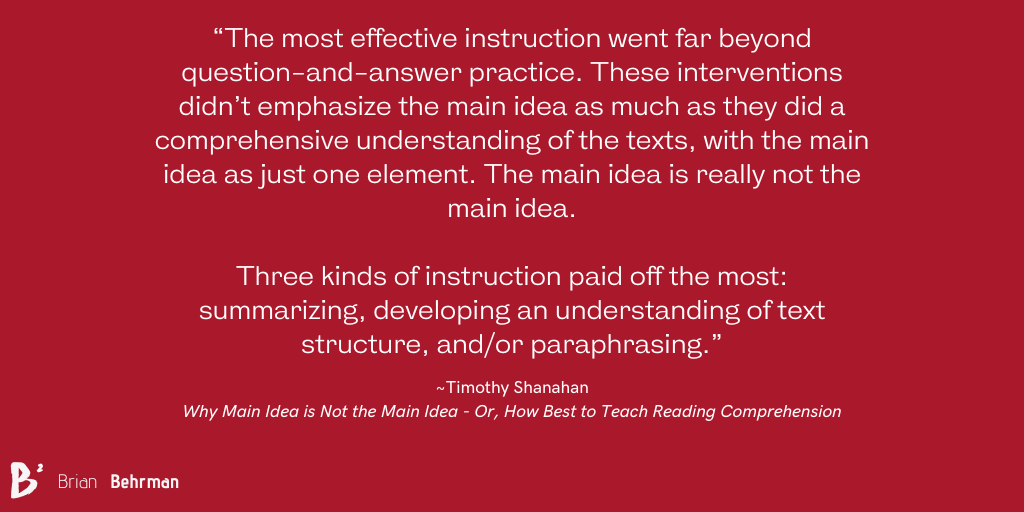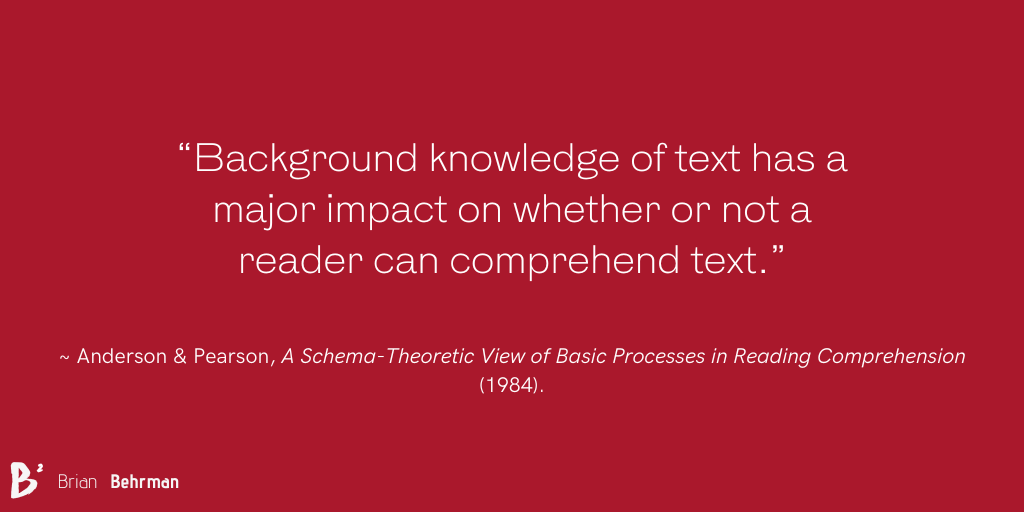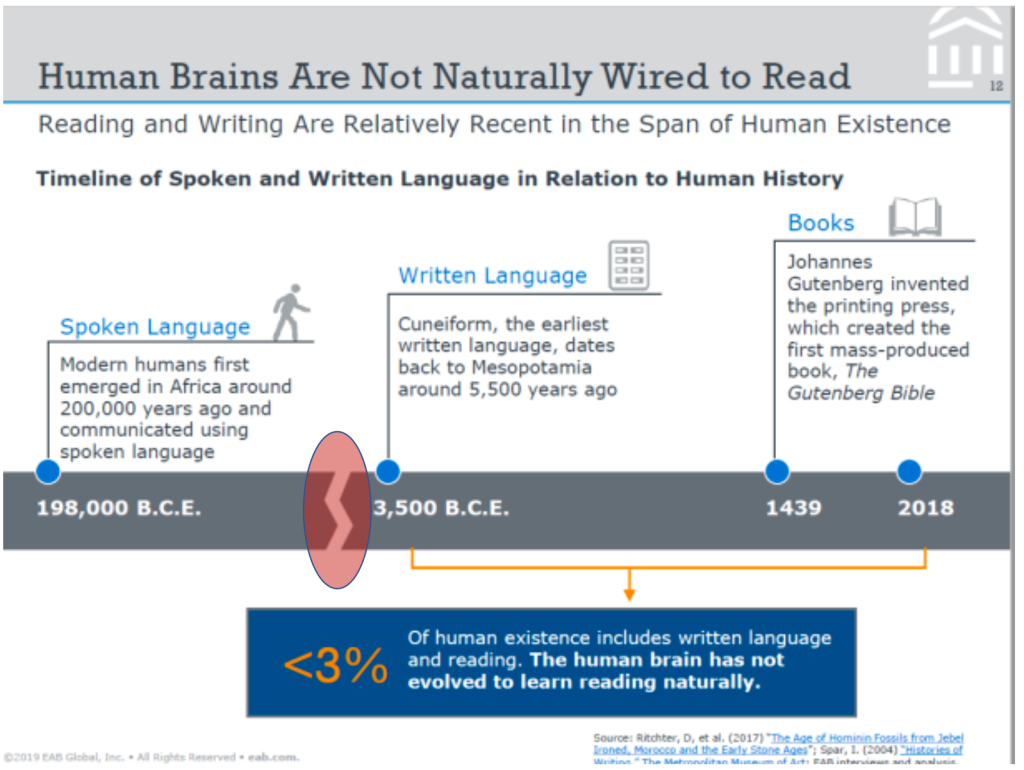Recently, I’ve been doing a lot of research and learning on how to best meet the needs of our students. In LETRS (Language Essentials for Teachers of Reading and Spelling), I’ve come to understand just how important assessments are for us to know two things – first, they help us know where our students are, and second, they help us know what we need to do next to help our students to grow.
When looking at assessments, LETRS suggests that there are 4 basic questions that we should answer based on the various assessments and the data we collect. Those questions are:

In today’s post, I’ll dig into those questions more to support you when looking at student data. We want to all be on the same page about these things because one of the biggest takeaways, as I learn more about the Science of Reading, is that prevention and early intervention have the greatest impact on avoiding potential reading difficulties. To help with these goals, we should screen our students in grades K-2 individually three times per year with a valid, reliable, and efficient assessment to flag any students who are making inadequate progress in reading. We should be using the results of those screeners to answer the four questions listed above.
Who needs help? – Our initial guide for those who need help should be driven by our academic standards. As an administrator in Indiana, my go-to resource is the Indiana Academic Standards Vertical Articulation Guide. You can find the K-2 version here, or you can get the 2-5 version here. If you live in a different state, look to see if your Department of Education has something similar, or you could utilize your academic standards. In addition to standards, there are other resources that you could use. Your curricular resources typically have a scope and sequence. If you’ve checked how well your resource aligns with your academic standards and know that the resource is highly aligned, then that scope and sequence will help. Another resource you might want to look at is the scope and sequence of a resource such as LETRS. You can find this scope and sequence here. This tool might help you know when most typical students will be ready for a specific skill as a reader, and then as a speller (quick side-note on this – these grade levels are approximate – we know all students develop in different ways at different times, but this can be a good tool to compare to the scope and sequence of your resources, and can serve as a support if there are students who are far off the benchmark). A final tool that can be beneficial in identifying where students should be is the Progression of Word Study, also created by LETRS:
So… to be able to identify just who needs help, we need to look at the students in your class and their data. If there are students who are not meeting the benchmarks of your screeners, that should raise a red flag. If you have a student performing below most other students in your class, that should raise a red flag. And finally, if more than a typical proportion of a class is not meeting the benchmark, that should raise a red flag.
What kind of help do they need? – Once we’ve identified our students who need help, the next goal is how to help them. If that student is below the benchmark, it’s time to do a diagnostic assessment. Recently, the leadership team in my building has been looking at the LETRS Phonics and Word-Reading Survey as a potential tool for diagnostic screening (accessible here). What we like about it is that it’s organized according to the progression of phonic elements. For most students, it will take 5-10 minutes to complete. Once you reach a point of frustration for the student, you stop. When you fill out the summary chart, you should have a clearer picture of where the student’s phonics and phonemic awareness have broken down. Once you know that, you can decide on an intervention for your student, and where you might want to start them.
In our school, we use UFLI Foundations as our core resource for structured literacy, and for most students, it will become our primary tool for Tier 2 Interventions. When we have completed the diagnostic we’d look at the UFLI scope and sequence to identify what lesson might help fill in the gaps for that student. Ideally, I’d form a small group of 3-5 students at a similar level for this work. In our building, we’ve been utilizing a shared RTI time across grade levels to make this happen. Each PLC team can look at their students of concern, group them based on need, and decide which teacher will pull which group for support. If all is going well in your Tier 1 instruction, then this should be around 15-25% of your students who need extra support, which results in a reasonably sized small group.
Once we identify our intervention, and where the students need to start on that intervention, it’s time to create some short-term goals. We’ve been setting goals of approximately 6-8 weeks in the SMART goal format. An example of this SMART goal might look like this: By ___(date)__, __(student name)__ will be able to __(skill)__ using __(intervention)__ as measured by __(Progress Monitoring Tool)__. These clear goals help us know what our students are working on and identify opportunities for early wins with each child.
Is the help helping? – At this point, we’ve identified our students of concern and created groups of students to work with on specific skills. Now it’s time for us to implement a plan of progress monitoring. These assessments should be short, formative assessments that allow teachers to make instructional decisions. Recently, we have been using Aimsweb Plus as our Progress Monitoring tool. Ultimately, the progress monitoring should tell us more about the validity of the intervention and its teaching than it tells us about the student.
If not, what needs to change? – So now we’ve done all the previous steps, screeners have been used, areas of need identified, interventions implemented, and progress monitoring is utilized every 1-3 weeks. Now it’s time to think about what to do for a student who is not growing as we’d like. If a student seems stagnant on the goal after a few rounds of Progress Monitor data, we must change the instructional plan for that student to better meet their needs. This is why we want to set a short-term (6-8 weeks) goal, and then check on student progress towards that goal regularly. If their data does not show growth toward their target, it’s time to do additional digging. In our school, this is where we’d set up a Child Study Team. That team includes the teacher, support staff who work with the students, our instructional coaches, and our administrators. Based on the conversations around the table, we might use an additional screener, put into place a different intervention, or shift the skill we’re working on within the intervention.
Again, the goal is to identify our students who need help, assess what kind of help they need, put that help into place, and make changes as needed. These steps will help us be ready to intervene as early as possible. The earlier we intervene, the easier it will be to close gaps. Ultimately, our goal is 95% proficiency by the end of 3rd grade. That can’t happen unless we look for those red flags in our students and take the appropriate steps.
As you reflect on your students, who raises a red flag for you? What steps should you take to help them be better prepared for next year? What goals could you put into place now to help next year’s teachers better support the students you’re thinking of? Let’s go do it! The sooner we intervene, the better we can support our students!

